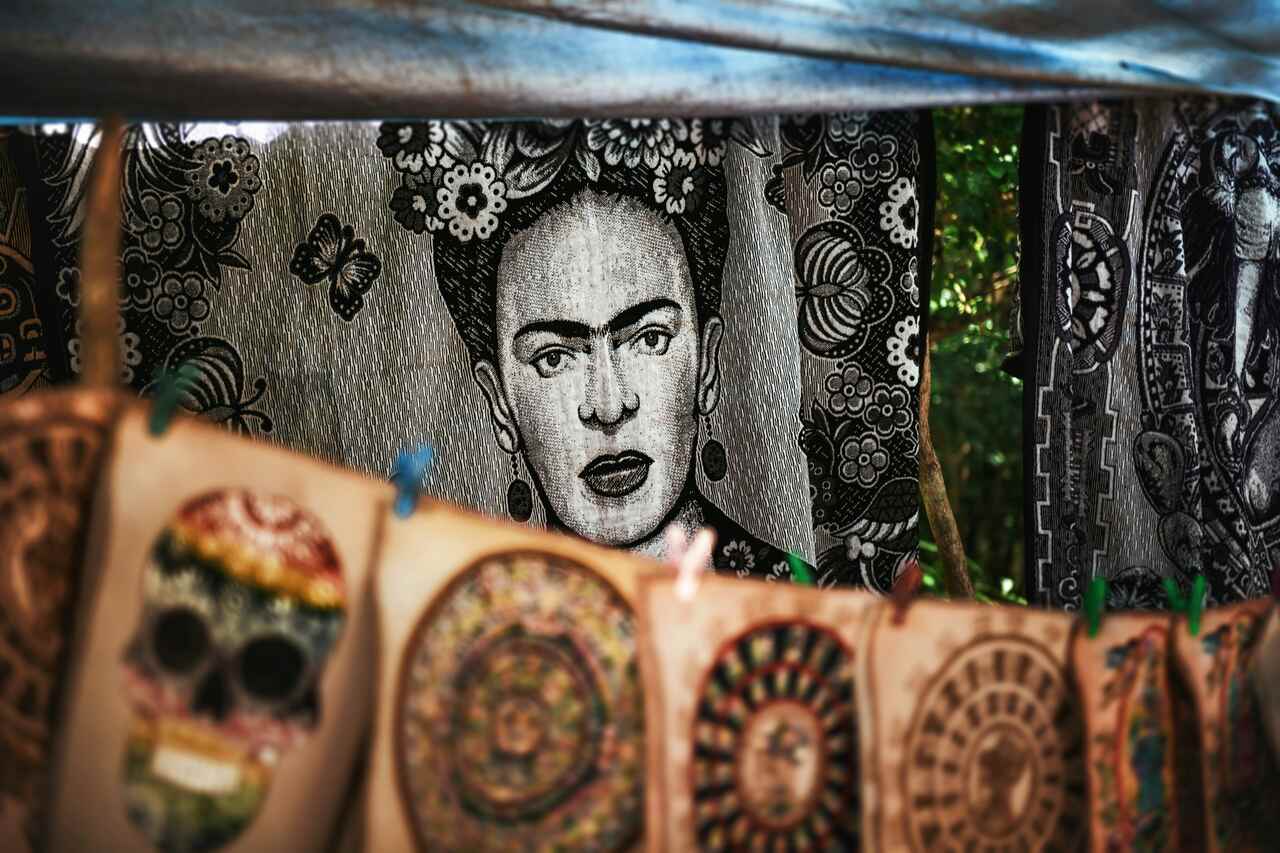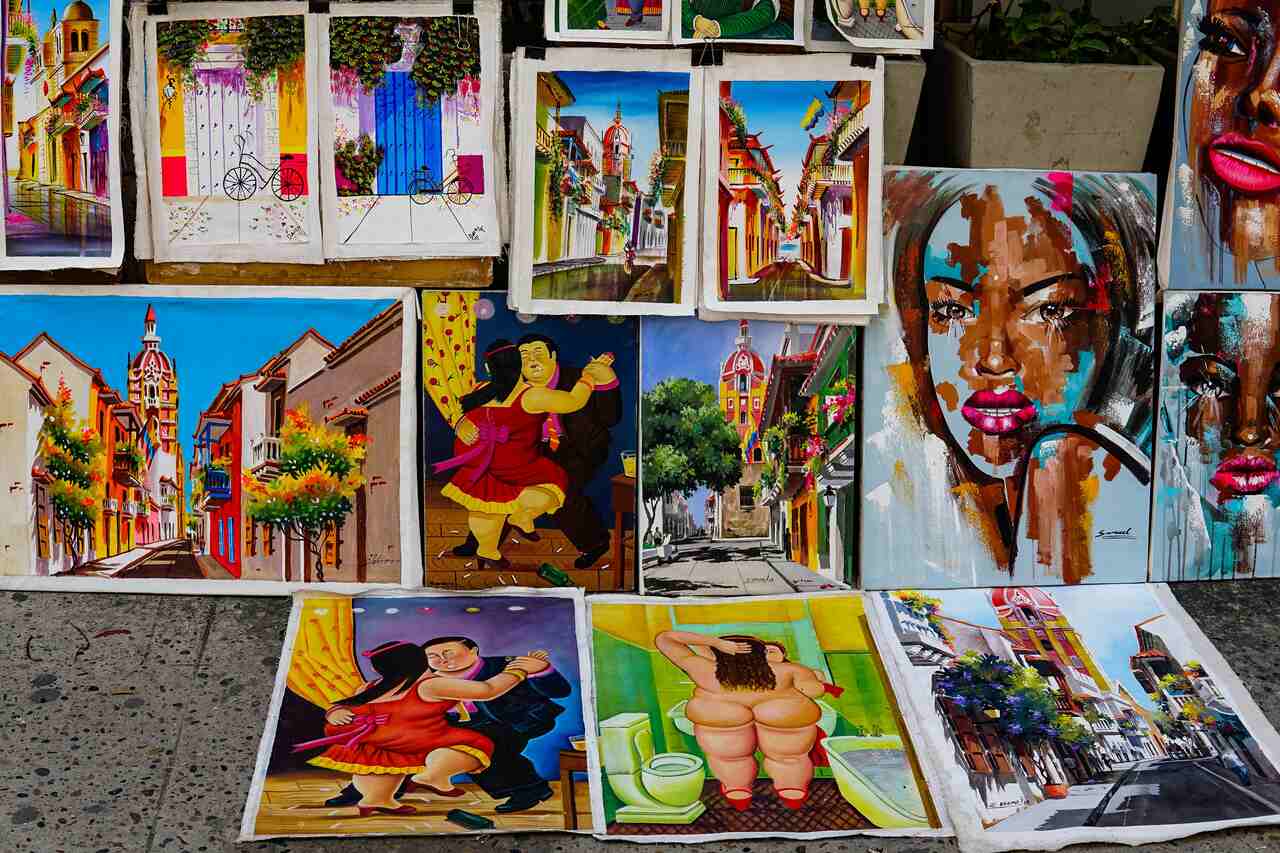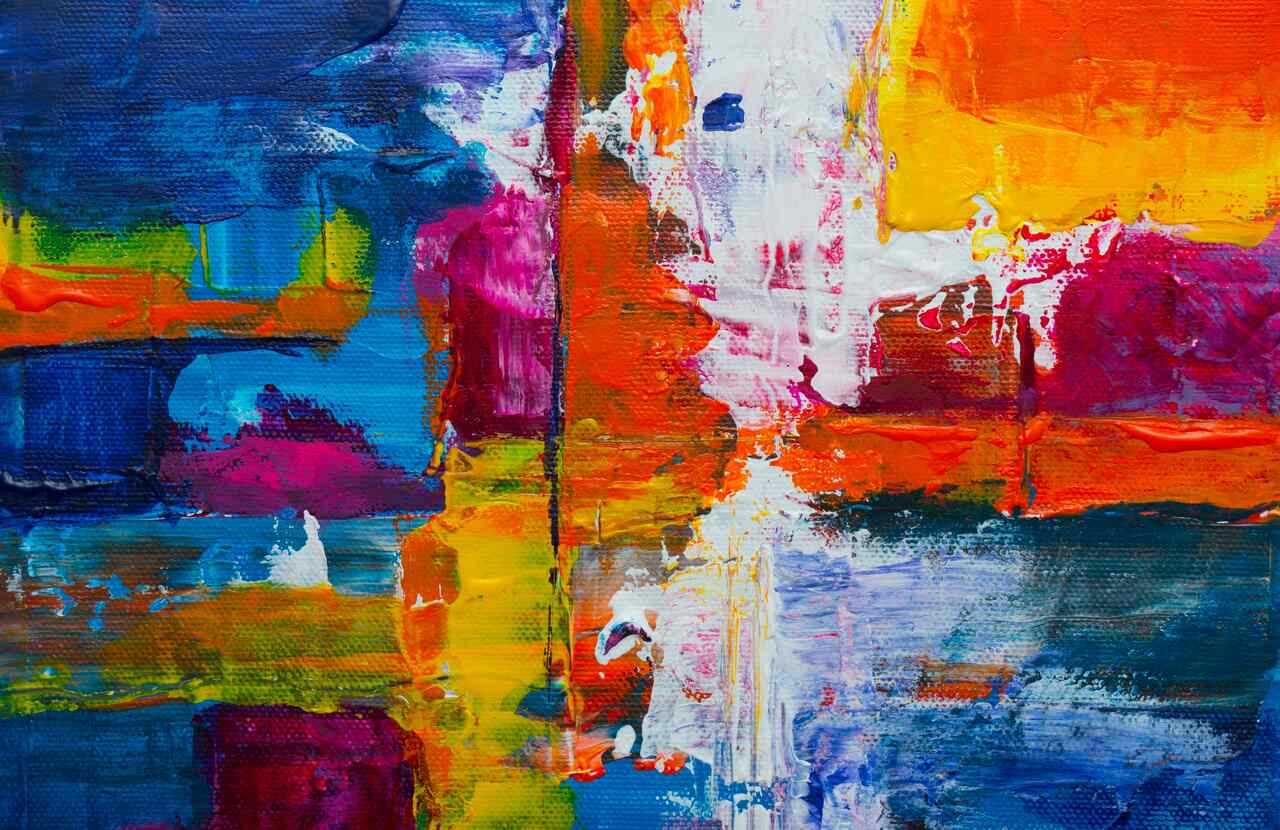
Latin American Artists That Made It Big
DATE:
Did you know that Latin American art is as diverse and vibrant as its cultures? From the bold murals of Diego Rivera to the emotionally charged paintings of Frida Kahlo, these artists offer a window into the soul of a region shaped by history, politics, and an unyielding spirit of innovation.
Latin American art history is a vivid narrative woven through the lives and works of its artists. It’s a tale of color, form, and struggle, reflecting both the indigenous roots and the post-colonial realities of its people. The world of art would indeed be much dimmer without the contributions of these creative giants. This article delves deep into the lives and works of some of the most famous Latin American artists, exploring their contributions and the timeless impact they have made on both regional and global stages.
Frida Kahlo: A Symbol of Mexican Identity
Frida Kahlo is not just one of the most famous Mexican painters; she’s a global icon whose artworks are synonymous with strength and expression. Her paintings, often raw and unsettling, encapsulate her personal tragedies and resilient spirit.
The Two Fridas
This double self-portrait is perhaps one of the best Latin American paintings, where Kahlo expresses her feelings of heartache and loss following her divorce. Each Frida holds items symbolic of their love and pain, portraying a dual identity split between traditional and modern values.
Self-Portrait with Thorn Necklace and Hummingbird
In this poignant piece, Kahlo uses powerful symbolism to convey her pain and suffering, yet it’s imbued with an aura of mystical resilience. The hummingbird, a symbol often associated with luck and love in Mexican folklore, to represent hope amidst suffering. This blending of personal symbolism with cultural icons is a hallmark of Kahlo’s deeply introspective and narrative style.
Diego Rivera: Master of Mexican Muralism
Diego Rivera’s extensive murals have narrated the Mexican identity like no other. His works in public spaces brought art to the masses, combining political messages with a profound narrative style.
Detroit Industry Murals
Located in the Detroit Institute of Arts, these murals are a tribute to the city’s manufacturing base and labor force of the 1930s. They reflect Rivera’s views on technology, labor, and society, providing a window into American industry through the lens of a Mexican artist.
Man at the Crossroads
This controversial mural at Rockefeller Center was destroyed due to its political content but later recreated in Mexico City. It depicts a worker controlling machinery, surrounded by scenes of societal development and capitalist critique, showcasing Rivera’s Marxist beliefs.

Fernando Botero: The Sculptor of Voluptuous Forms
Fernando Botero’s signature style features exaggerated and voluminous forms, which can be seen both in his sculptures and paintings. His unique approach to form and volume has made him a prominent figure in the art world, reflecting on Colombian culture and universal themes.
The Presidential Family
This painting offers a critique of the Colombian elite, portrayed with the typical Botero exaggeration. The inflated forms satirize the excess and pomposity of political power, making a bold statement on social inequality.
Abu Ghraib Series
In a departure from his usual subjects, Botero’s Abu Ghraib series is a potent and chilling response to the human rights violations at the Iraqi prison. These works confront the viewer with the stark realities of abuse and power, pushing the boundaries of his usually whimsical imagery.
Tarsila do Amaral: Pioneer of Brazilian Modernism
Tarsila do Amaral is a central figure in Brazilian modernism, known for her vibrant colors and bold patterns, which helped define the movement known as Antropofagia, emphasizing the idea of cultural cannibalism.
Abaporu
This iconic painting inspired the Anthropophagy movement. Its exaggerated and stylized figure is a manifesto of the movement’s call for Brazil to digest foreign influences and produce something uniquely Brazilian, reflecting a blend of native and external elements.
Anthropophagy
This concept, central to Brazilian modernism, is vividly expressed through do Amaral’s work, encouraging a cultural ‘cannibalism’—a metaphor for Brazil’s absorption and transformation of international influences into its own unique artistic expressions. Her work serves as a rallying cry for embracing indigenous elements fused with contemporary techniques.
Wilfredo Lam: Blending Cuban Culture and Surrealism
Wilfredo Lam, a pivotal figure in Cuban art, seamlessly blended Afro-Cuban themes with European surrealism. His paintings are a dialogue between the spiritual African roots and the modern artistic movements, making a profound impact on both Cuban art and broader global trends.
The Jungle
Lam’s most famous work, “The Jungle,” is an amalgamation of dense, lush forms and hybrid figures that embody the spirit of Afro-Cuban culture. The painting’s intense energy and complex composition challenge traditional perspectives on art and identity, spotlighting the rich cultural heritage of Cuba.
The Third Symphony
Another significant work, this painting uses abstract forms and surrealist techniques to explore themes of nature, humanity, and spirituality. Lam’s use of a dark palette and fragmented space creates a hauntingly beautiful scene that invites deeper contemplation on existential themes.
As we delve into these masterpieces and their creators, it’s clear that Latin American art is not just about aesthetics but also about voicing societal issues and personal identities. It’s a canvas of historical narrative painted with the colors of struggle, celebration, and profound introspection.
DID YOU KNOW…?
“Alebrijes” are vibrant, imaginative creatures from Mexican folk art, created by artist Pedro Linares in the 1930s. These colorful sculptures blend elements of different animals, embodying Mexico’s rich tradition of artistic creativity and influencing contemporary Latin American artists.
Contemporary Latin American Artists Making Waves Today
While the giants of the past set a formidable artistic foundation, today’s Latin American artists continue to push creative boundaries and explore new themes. These contemporary creators are not only gaining international recognition but are also using their art to address current social, political, and environmental issues.
Modern Latin American artists such as Beatriz González, Doris Salcedo, and Oswaldo Guayasamín build on the rich traditions of their homelands while forging new paths. They utilize a variety of mediums, from traditional painting and sculpture to digital art and installations, each adding a unique voice to the ongoing narrative of Latin American art.
Beatriz González: Reflecting Modern Colombian Society
Colombian artist Beatriz González is renowned for her bright, often satirical paintings that critique her country’s social and political landscape. Her work, reflective of modern Colombian society, draws on pop art aesthetics to transform traditional images into powerful socio-political commentary.
Doris Salcedo: Sculptures with a Message
Doris Salcedo, another Colombian powerhouse, uses her sculptures to delve into the themes of memory and loss, often focusing on her country’s civil conflicts and violence. Her poignant installations and sculptures are visceral reminders of the past, urging reflection and healing.
Oswaldo Guayasamín: Capturing Human Struggle
Ecuadorian artist Oswaldo Guayasamín continued to influence through his poignant works that depicted the hardships and injustices faced by the indigenous peoples of Latin America. His powerful use of color and form brings emotional depth to subjects of poverty, inequality, and human suffering.

Dive into Latin American Art
Are you intrigued by the vibrant world of Latin American art? Whether you’re a seasoned art enthusiast or a curious newcomer, engaging with this dynamic art form can be incredibly enriching. For those looking to explore further, many resources are available online, and numerous galleries feature exhibitions of both historical and contemporary Latin American artists.
For a hands-on approach, why not start with a free 1:1 class or enjoy a free 7-day trial of our group classes with SpanishVIP? Our Dedicated Teachers and Student Success Advisors are eager to explore the world of Latin American art and culture with you. Dive deeper into this colorful world and discover how these artistic expressions can enhance your understanding of language and culture.
Exploring famous Latin American artists like Frida Kahlo, Diego Rivera, Fernando Botero, Tarsila do Amaral, and Wilfredo Lam not only enriches our appreciation for art but also deepens our connection to the diverse and dynamic cultures of Latin America.








